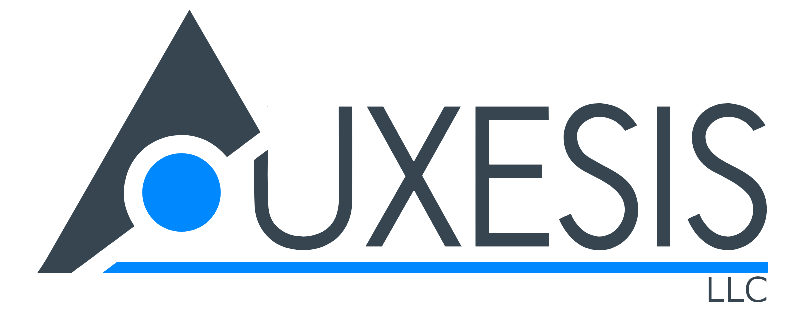Imagine you’re promoted into a leadership role that demands new skills, new relationships, and a sharper strategic mindset. It’s exciting, but as the initial energy fades, you feel the quiet pull of your old habits. You catch yourself retreating into familiar patterns, making decisions based on how you’ve always led rather than how you need to lead now. This tension—between who you’ve been and who you’re striving to become—is where future-focused leadership truly begins.
At its core, leadership isn’t static. It’s about orchestrating change, not just within teams and organizations but within yourself. One of the most critical, yet often overlooked, principles of forward-thinking leadership is the intentional practice of self-redefinition. This isn’t about abandoning your past experience but about consciously deciding which parts of your identity to carry forward and which to leave behind. Without this intentionality, you risk being shaped by your history rather than shaping the future you want to lead in.
The process starts by recognizing that identity is fluid, not fixed. Leadership science shows us that human behavior is deeply influenced by self-concept—how we see ourselves determines how we act. If you continue to define yourself by outdated roles or skills, your actions will reflect that, no matter how ambitious your goals might be. For example, a leader stepping into a visionary role cannot afford to cling to the identity of a highly detail-oriented executor. While that skillset may have served them well in the past, it could now hinder their ability to delegate and think expansively.
Proactive self-redefinition requires two steps: clarity and action. First, get clear on the leader you need to become to align with your future goals. This isn’t about crafting an abstract ideal but identifying specific traits, skills, and mindsets that will serve you in your next chapter. For instance, if you aspire to lead a more innovative team culture, ask yourself: What does an innovation-driven leader prioritize? How do they make decisions? What habits do they cultivate daily?
The second step is action, and this is where many falter. It’s not enough to intellectually understand the leader you want to become; you must actively practice being that person. This means deliberately making choices that align with your future identity, even when it feels uncomfortable. If your new role demands greater strategic thinking, carve out time for it—even if it means stepping away from tasks you used to excel in. If you aim to lead with more confidence, start by speaking up in meetings where you might have stayed quiet before. These micro-decisions, repeated consistently, begin to reshape how you see yourself and, ultimately, how others see you as a leader.
Leadership science supports this approach. Research on behavioral identity theory highlights that people are more likely to adopt new habits when those habits align with their evolving self-concept. In other words, when you start seeing yourself as a strategic thinker, you’re more likely to engage in behaviors that reinforce that identity, creating a positive feedback loop.
The challenge is that this process of self-redefinition often feels unnatural at first. You might feel like an imposter as you step into this new version of yourself. That discomfort isn’t a sign you’re failing; it’s a sign you’re growing. Leadership is about stepping into spaces where you don’t yet feel qualified and doing the work to grow into them. The key is consistency—showing up again and again as the leader you’re becoming, not the leader you’ve been.
As you look to your future, ask yourself: Who does that future need me to be? Then, start leading from that identity today. It’s not about waiting until you’ve “earned” the title or mastered every skill. It’s about aligning your daily choices with your future vision, trusting that the leader you’re becoming is already taking shape with every intentional step forward.
Leadership isn’t about perfection; it’s about progression. By practicing proactive self-redefinition, you ensure that your growth isn’t left to chance. You become the architect of your own leadership evolution, stepping boldly toward the future instead of being tethered to the past.

